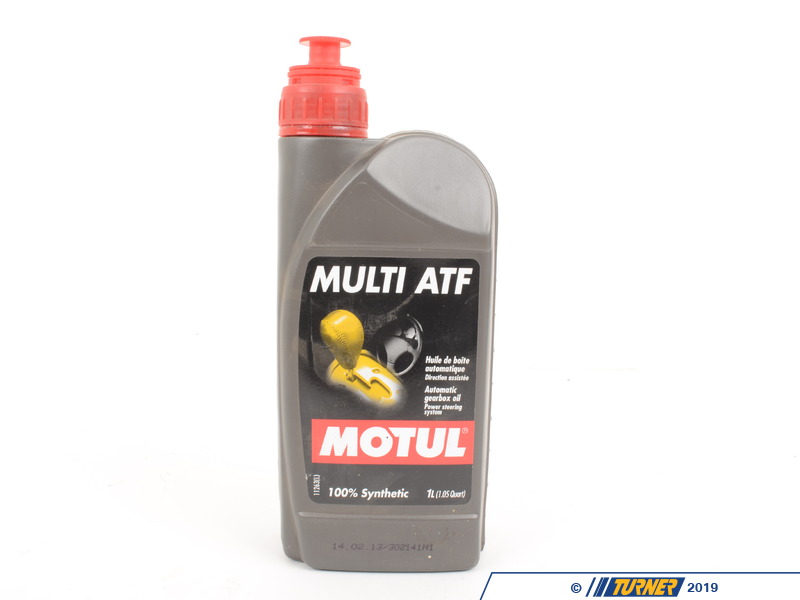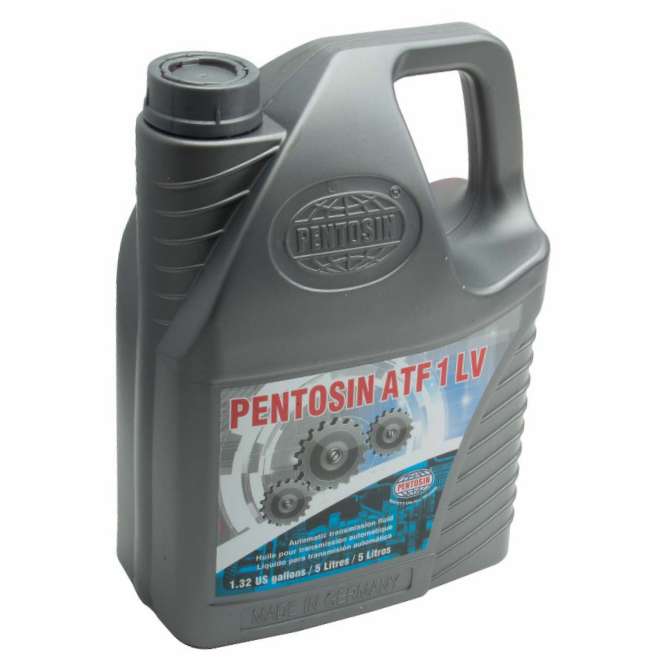


Even if one of them worsens, it will slowly pull down the other features.

This means that all these properties must be above the minimum critical limit over the lifetime of the oil. With a lengthy use, the properties of both base oil and impurities change. Thus, oil (or technical fluid) is a high-tech product which properties are achieved by operating with high impurities and which has a wide range of functions.ĭepending on the product specification, 20-30% of this are impurities and 70-80% is base oil. to be demulsifiable (demulsibility), or to keep unfamiliar fluid in a non-dissolved state.While most additives add to the strength of the oil film, it is difficult to break the air bubbles, but it is critical. Foam inhibitor reduces oil foaming to ensure continuous and constant pressure on the lubrication system. Corrosion Inhibitors – chemical additives to prevent corrosion, which is usually caused by water, acids and other chemical impurities in the oil avoid corrosion of the internal surfaces of the transmission.Oxidation inhibitor neutralizing acids reduce the formation of corrosive compounds and mud formed by the combination of oxygen, heat and other contamination The oil must be able to withstand instant high temperatures above 300C.Thickeners and Viscosity Index Improvers – polymers that ensure that base oil does not become too fluid at high temperatures This is a prerequisite for the transmission to work flawlessly with -40° C Pour point depressants help reduce oil viscosity at low temperatures. can withstand extremely low temperatures.

Without them, the transmission oil pressure would soon be reduced, and external leaks would occur Seal swell additives – protect the seals from other aggressive chemicals that are in the transmission oil.
to protect seals against aging and hardening. Anti-wear and extreme pressure agents – help lubricate and protect parts from metal-to-metal contact, creating a protective film to protect mechanics from wear and tear. Friction modifiers – change the degree of slipperiness of the oil between the two clutch discs and is critical to gear shifting produce enough friction on the pressure surfaces of the clutch discs. act as an efficient cooler and surface cleaner – all transmission components are cooled with the transmission oil, as is the surface cleaning inside the transmission. act as a hydraulic oil (hydrostatic function) – most valves and pistons are moved in the transmission with oil pressure. to transfer power (hydrodynamic task) – as the sea wave carries energy from one place to another, the transmission oil carries the energy of the internal combustion engine to the transmission. – all these features are achieved only with the following key factors: Gear shift in both cold and hot conditions, high load tolerance, reliability, etc. Mercon is a registered trademark of Ford Motor Company.The following list explains why transmission oil is essentially the most central and important component of a modern automatic transmission. The superior stability compared to petroleum ATFs allows high-temperature operation without varnishing valves and clutches which leads to transmission failure.Ĭhrysler/Dodge/Jeep Shell ATF 3403 N115, (NAG1 trans)ĭexron is a registered trademark of General Motors Corporation. The balanced frictional characteristics provides smooth and consistent shifts for extended drain intervals. D4 ATF is a full-synthetic product designed with superior low-temperature properties compared to a Dexron III® fluid, and the improved shear-stability requirements which is part of the Mercon V® specifications.ĭ4 ATF also provides a GL-4 level of gear protection, making it a superior product for transmissions and transaxles.








 0 kommentar(er)
0 kommentar(er)
